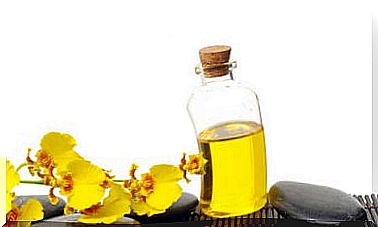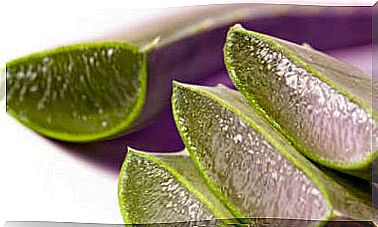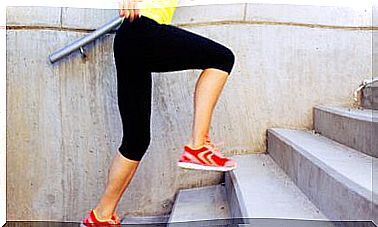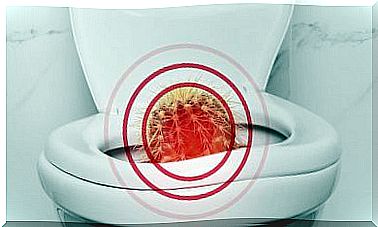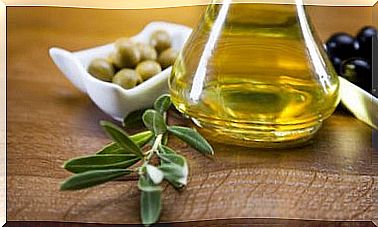Folliculitis Treatment: 5 Alternative Remedies
Do you have a constant rash and itchiness on your skin? This could be folliculitis. These symptoms need to be addressed quickly to avoid infection or complications. Here we will give you some natural alternatives as a folliculitis treatment.
The skin covers our entire body, yet its care is sometimes overlooked. Pay attention to any signs or symptoms that indicate a skin condition so that it is treated in time.
What is folliculitis?
Folliculitis is a skin condition that occurs when the hair follicles become inflamed. These follicles are found throughout the body, so the appearance of the condition can occur in any area.
According to this study by the Wellington Regional Medical Center Dermatology Program, inflammation is caused by the constant rubbing of clothing with some areas of the skin, razor hair removal or by infection caused by staph. It manifests itself through the skin rash, inflammation, itching and pain in the affected area.
It usually appears mainly on the legs, neck, face (especially in men with beards), groin and buttocks. Although it has similarities to acne and ingrown hairs, it should not be confused with them.
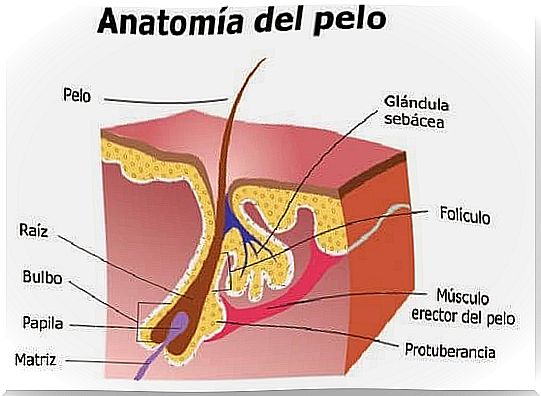
Differences between folliculitis, acne and ingrown hair
When the hair follicles become inflamed by the presence of folliculitis, this is mainly the result of excessive friction with clothing, waxing or some chemical substances. In this way the hair follicle weakens and can give way to bacteria and fungi that trigger infections.
Acne is also a skin infection but it has different causes. These could be accumulated excess oil that clogs pores or even hormonal problems.
All the information in this article is not a substitute for a medical consultation, so we recommend visiting a doctor to assess your case.
For its part, ingrown hairs are very similar to folliculitis. However, the difference is that the causes of this condition are hair removal or dead cells that obstruct the follicle. When a hair is removed, it can grow abnormally and does not come to the surface, so it gets back into the skin through another follicle or pore.
Folliculitis treatment: natural alternatives
There are several alternatives for the treatment of folliculitis. Preparing and applying these remedies will only take a few minutes a day and, in addition, they are very inexpensive and easy to do.
1. Echinacea infusion
Echinacea is an ideal plant for the treatment of folliculitis due to its anti-inflammatory, cleansing and disinfectant properties, as stated in this study carried out by the University of Tehran (Iran). The infusion may help deflate the follicle and fight infection.
You can also choose to apply a commercial cream based on echinacea.
Ingredients
- 2 teaspoons of echinacea (10 g)
- 1 cup of water (250 ml)
What should you do?
- Heat the water and, when it boils, add the 2 tablespoons of echinacea and leave the infusion on the fire for a few seconds.
- Then turn it off and let it sit.
- Soak a gauze with the infusion and put it as a compress on the affected area for 10 minutes.
2. Hot water compresses
Ingredients
- 2 cups of water (500 ml)
- 1 teaspoon of salt (5 g)
What should you do?
- In a pot, heat the water and add the teaspoon of salt. Make sure the water is not too hot so you don’t burn yourself.
- Dip a towel or cotton cloth in the water and place it as a compress on the affected area for 15 minutes.
You can apply the treatment every day, twice a day, to achieve rapid improvement. The compresses will help in the extraction of the pus from the pimples and, thanks to the salt, they will also have an antibacterial effect.
3. Aloe vera
Aloe vera is a wonderful ingredient for treating folliculitis and other skin conditions, according to this study by SRM Dental College. In addition, it will help you fight infection, reduce inflammation and prevent scars.
Ingredients
- 1 leaf of aloe vera
What should you do?
- Peel the aloe vera leaf and wash the glass or gel very well to eliminate the yellowish substance that the plant secretes when cutting it.
- Then apply it directly to the affected area and leave it to act for 30 minutes. Rinse the skin with plenty of water.
4. Turmeric
Ingredient
- 1 tablespoon of milk (15 ml)
- 2 tablespoons of turmeric powder (30 g). This study conducted by the University of Malaya (Malaysia) emphasizes its antifungal capabilities.
What should you do?
- Mix the turmeric with the milk until you make a homogeneous mask.
- Apply it on the affected area and let it act for 30 minutes.
- Finally, rinse with plenty of water.
This remedy will help you reduce inflammation.
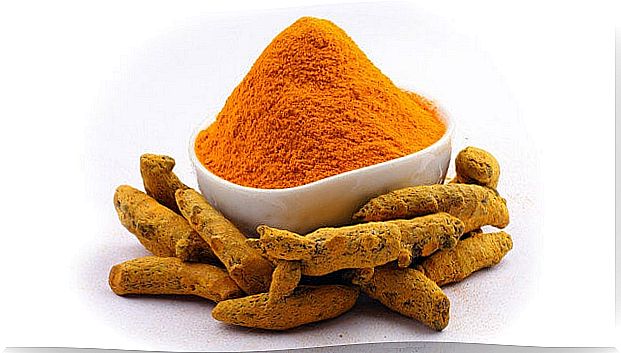
5. Oatmeal water
This research carried out by the Norwich Research Park claims that it has very interesting antifungal properties.
Ingredients
- 2 glasses of water (500 ml)
- 3 tablespoons of rolled oats (45 g)
To do?
- Blend the 3 tablespoons of oats with a little water (enough to cover the oats, reserve the rest for later use).
- Once the oatmeal is crushed, add it to a pot with the rest of the water.
- Bring to a boil, let it boil for 5 minutes and wait for it to settle.
- This mixture can be applied with a gauze as a compress on the affected area.
- It will also help you to bathe in oatmeal water or use creams and soaps based on this ingredient.
Preparing and applying the folliculitis treatment is very simple. If you suffer from this skin condition, feel free to act quickly. In addition, we recommend that you go to a dermatologist to check the status of the infection and lesions.



